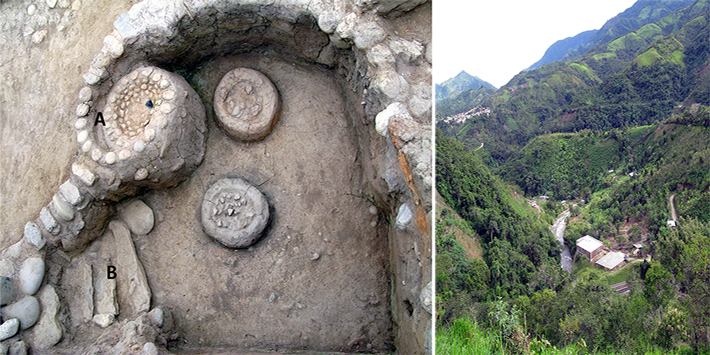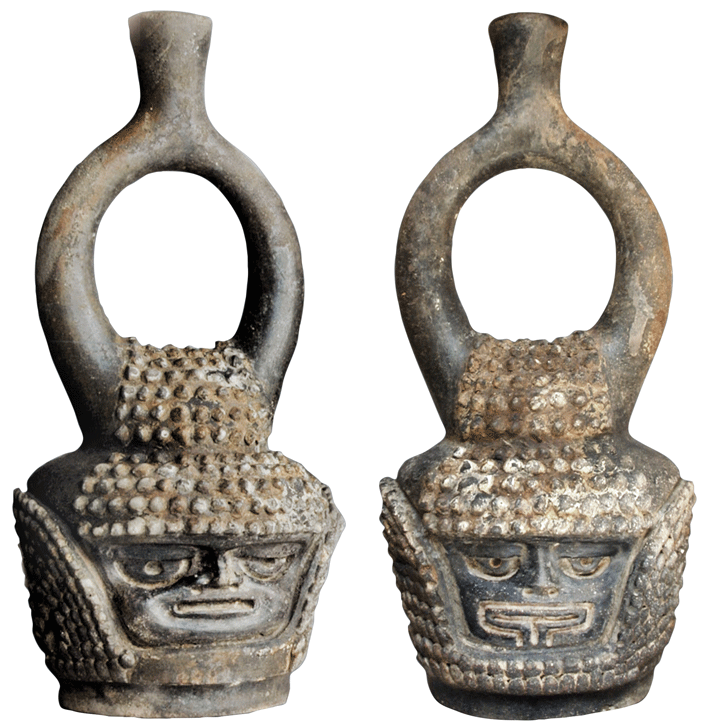Ancient Amazonian Chocolate Culture Predates Olmec And Maya Of Central America
https://www.forbes.com/sites/kristinakillgrove/2018/10/31/archaeologists-find-earliest-chocolate-ingredient/#7a4568c3242a
Archaeologists Find Earliest Chocolate Ingredient In Ecuador Kristina Killgrove Kristina Killgrove Senior Contributor
On the edge of the Amazon River basin, in southeast Ecuador, a team of archaeologists and other researchers have recently discovered that the origin of the world's chocolate supply dates to 5,300 years ago, long before cacao-based drinks were made in Mesoamerica.
Since cacao - or the seed of a tropical evergreen tree - is well known to have figured prominently in the Olmec and Maya cultures of Mesoamerica, researchers had long assumed that domestication and early use of the plant happened around 3,900 years ago in Central America, with the practice of chocolate-making spreading to the southwest US by about 1000 AD. A new DNA study, however, changes that thinking.
Writing this week in Nature Ecology and Evolution, archaeologists Sonia Zarrillo and Michael Blake of the University of British Columbia led a team of more than a dozen international researchers to investigate the earliest evidence of cacao -- which they found in the upper Amazon site of Santa Ana-La Florida dating to 5,300 years ago.
Santa Ana-La Florida is the earliest known archaeological site belonging to the Mayo-Chinchipe Culture, which existed in the highlands of Ecuador from about 5500 through 1700 BC. An ancient settlement, Santa Ana-La Florida was located in an ecologically transitional zone, or the type of area where archaeologists often find evidence of first domestication of plants and animals. This site, which has been excavated since 2002, has produced the remains of maize, beans, manioc, sweet potato, chili peppers, and cacao, in addition to material objects such as ceramics, stone bowls, and jewelry. The village of Santa Ana-La Florida was likely a ceremonial center, with a couple dozen small buildings situated around a central plaza.
"To test for the presence of Theobroma [cacao] residues at SALF," the researchers write, "we analysed artefacts from the tombs, middens, the sunken plaza floor, construction fill deposits, and a ceremonial hearth," including "ceramic bowls, jars, and bottles, as well as stone bowls, mortars, and one pestle."
Using 28 residue samples from 19 artifacts, Zarrillo and her team recovered starch grains characteristic of Theobroma species in six out of the 19 artifacts, which included low-fired pots whose porous nature retained this chemical, likely during processing of cacao beans...........
https://www.archaeology.org/issues/325-1901/trenches/7219-trenches-ecuador-cacao-seeds
Ancient Amazonian Chocolatiers
January/February 2019

(Courtesy Michael Blake, The University of British Columbia; Courtesy Sonia Zarrillo)
Hearth and tomb, Santa Ana-La Florida, Ecuador

(Courtesy Francisco Valdez)
Bottles with chocolate residue, Santa Ana-La Florida